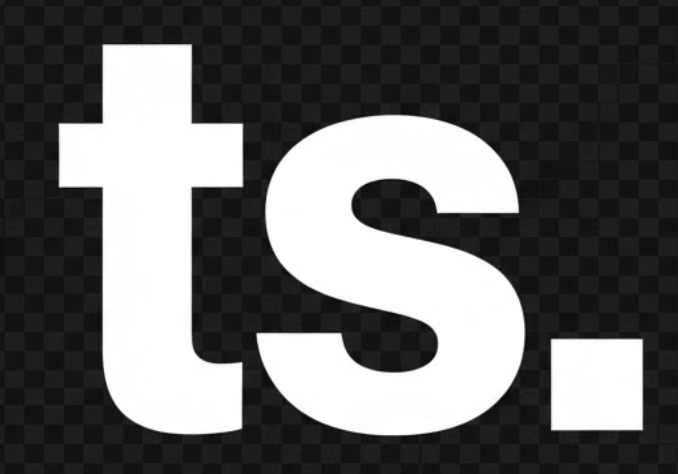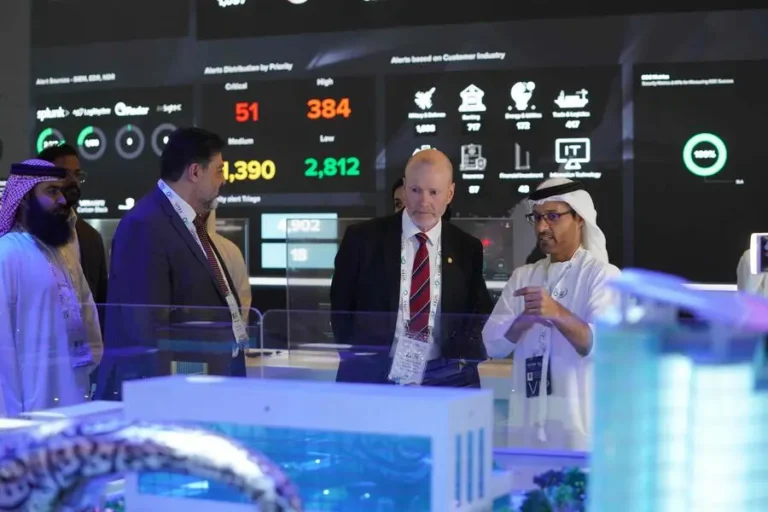The World Summit AI has become something of a ritual for the tech world. Once a small conference in Amsterdam where a few engineers swapped notes about neural networks, it’s now the global gathering where everyone who builds, funds, or questions artificial intelligence comes to figure out what happens next. It’s equal parts hope and anxiety — a reflection of an industry that still can’t decide if it’s building tools or rewriting civilization.
There’s nothing sleek or polished about it. The summit runs on friction. In one corner, a startup founder pitches an AI-driven climate model to an investor who can barely hear over the crowd. Across the hall, a researcher and a policymaker argue about the ethics of autonomous weapons. Everyone’s talking, no one fully agrees, and that’s exactly the point. “We’re not here to solve AI,” says Sarah Porter, founder of InspiredMinds, which runs the summit. “We’re here to ask better questions about it.”
This year, those questions will echo in Doha, where World Summit AI Qatar takes place in December at the Doha Exhibition and Convention Center. The move to the Gulf signals how global the conversation has become. AI isn’t just a Silicon Valley obsession anymore. Governments, research labs, and investors from every continent are showing up because they know what’s at stake: whoever shapes the next generation of algorithms will shape the world that runs on them.
The speaker lineup captures that tension. Simon See from NVIDIA will talk about the hardware that powers modern AI, while Lucia Velasco from the United Nations will remind the crowd that ethics doesn’t scale as fast as compute power. James Sayles, Chief AI Officer at Halliburton, will talk about machines that optimize oil rigs. And then there are the critics — Gary Marcus, Roman Yampolskiy, Janet Adams — who show up each year to remind everyone that progress without caution can still go wrong. “This is where hype meets humility,” Marcus said after last year’s summit. “And we need more of that.”
But what keeps people coming back isn’t just the big names. It’s the hallway moments — a nervous PhD student pitching a breakthrough to a venture capitalist, or a government minister realizing that a startup’s model might actually solve a public-sector problem. One attendee once called it “Davos with more brains and fewer egos.” Another described it as “the only conference where people admit they’re scared.”
Over the years, World Summit AI has grown into a network of cities and ideas. Amsterdam is still the beating heart, where conversations about fairness, safety, and transparency dominate. World Summit AI Americas in Montréal leans into research and commercialization. Doha brings ambition and geopolitical gravity. Together they form a kind of nervous system for the global AI industry — the only one that connects scientists, CEOs, and civil servants with roughly the same level of intensity.
What makes WSAI different is that it treats AI as more than just technology. It’s a mirror held up to how humans make decisions, who gets to benefit from them, and what gets lost in translation between ethics and profit. The panels aren’t about showing off the newest models. They’re about asking whether anyone’s still in control of them. “AI is a human story,” Porter says. “It’s about how we choose to use what we’ve created. The code is the easy part. The choices are harder.”
In the end, that’s what the World Summit AI is — not a product launch or a showcase, but a rare moment of honesty inside a field addicted to acceleration. It’s a gathering of people trying to slow down long enough to look at the future they’re building, to see if it still looks like something they want.




World Summit AI returns this December in Doha